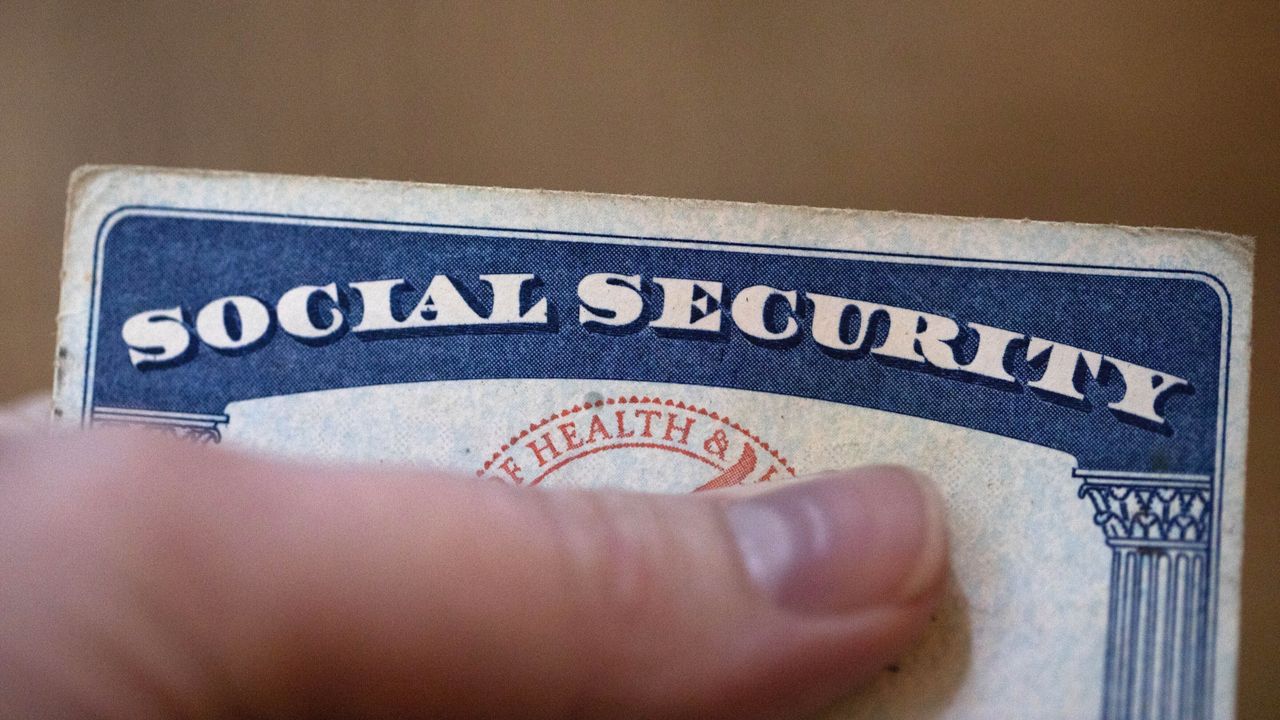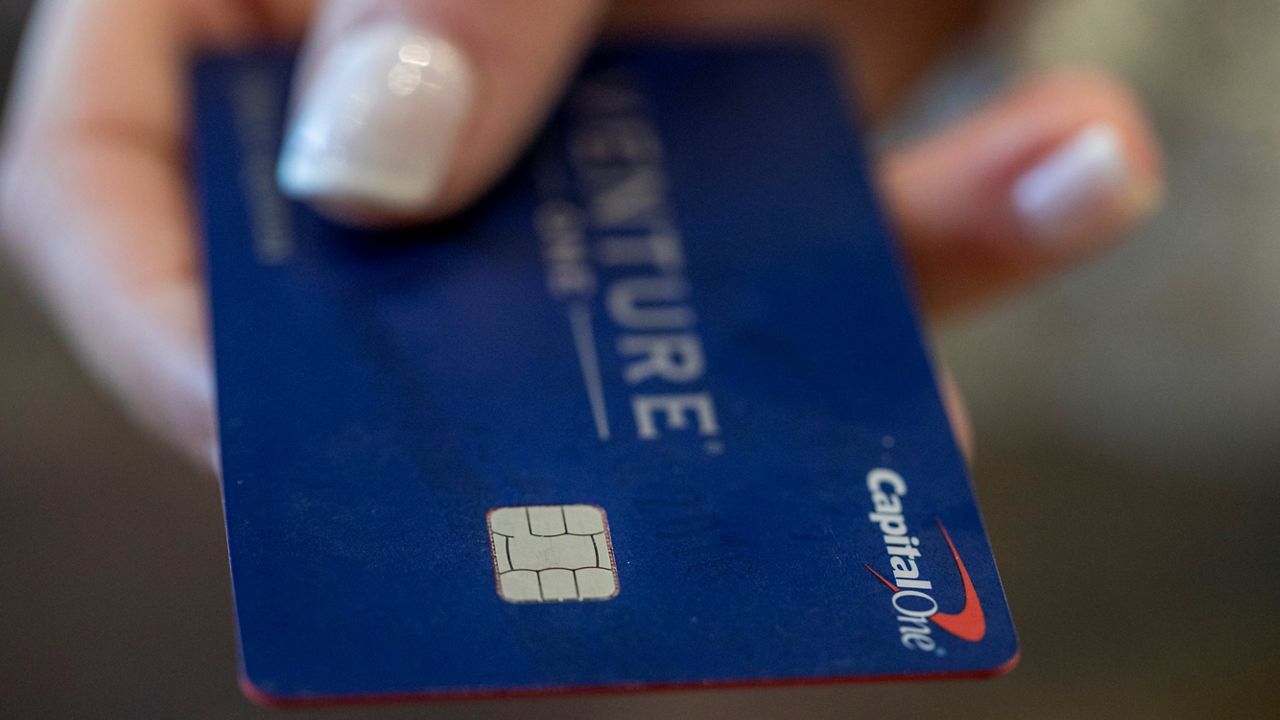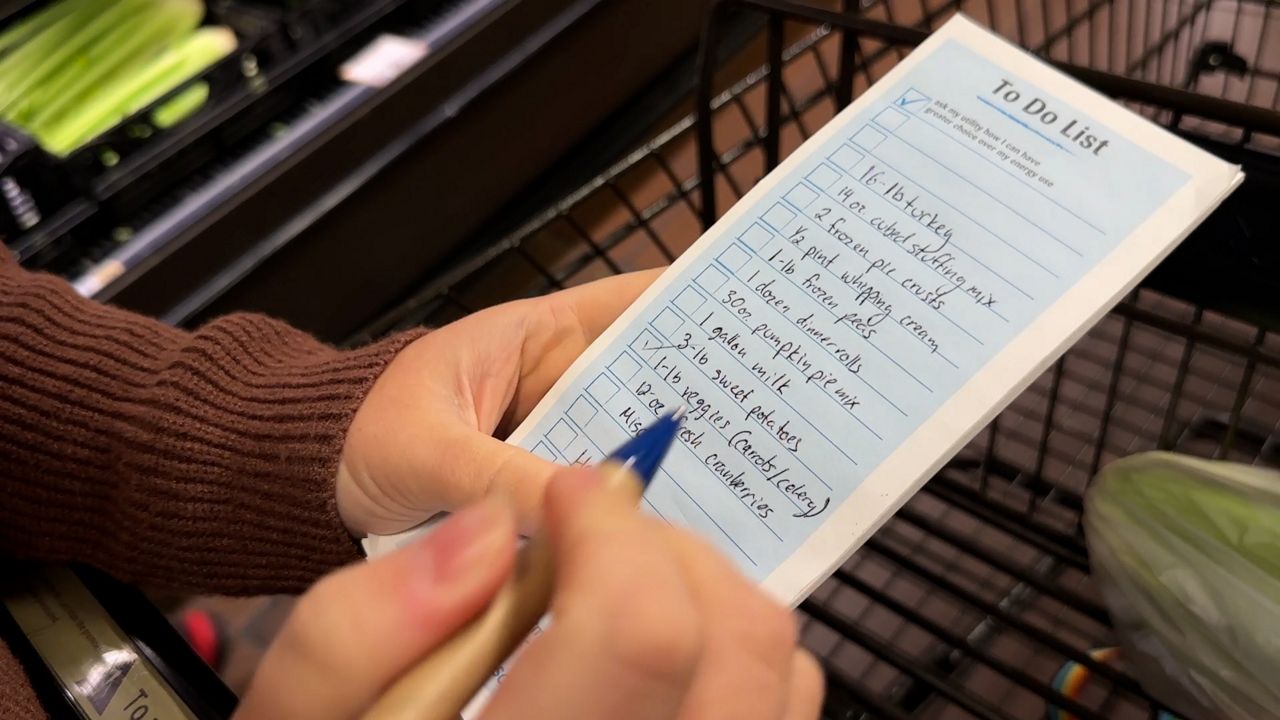Ever since its legalization in New York in 2021, demand for products in the recreational cannabis market has spiked in popularity and opportunity.
“It’s the way God intended it to be,” says a group of students standing on the corner of a street in Tribeca, smoking a joint or popping an edible during a 15-minute break they get from a class that’s teaching them all about it.
The experienced group is taking their expertise to obey the laws of supply and demand.
“To come to this class and learn they’ve been trying to legalize weed for like, five years, since 2014, is different,” said Keyshawn Robinson, a student in the Hospitality Pathways course, funded by the Department of Labor.
Out of 85 applicants, Keshawn Robinson stood out. He and 14 others head to the Department of Labor office in Manhattan five days a week, for four weeks. They’re being taught the technical side of cannabis so they can explore a career in it.
“The most common terpene in the world, found in most coniferous trees, is known as …” says Beatrice Stein, or Miss B, as her students call her.
Her sentence is finished by a chorus of students answering with the correct answer. It’s a testament of how invested they are in the industry and where they fit in it.
There’s been a learning curve for Stein as well. Her background in the hospitality industry has allowed her expertise to evolve into a course for underserved communities. In response to the legalization of recreational cannabis in New York, she introduced a course tailored to the industry and creating educated “Budtenders.”
She says she’s far from an expert, so she leans on those who are.
“There’s no way … I mean, honestly, look at me. Who would be thinking that I’d be teaching cannabis?” said Stein.
That led her and her class on a trip upstate to Hudson Cannabis. Her students got a chance to see what goes into products on the shelves of their favorite dispensaries in the city.
Stein looks back at pictures of their class trip, where one graduate of the program wanted to jump on the opportunity to see where his favorite products come from.
“It was good to be able to see how it was made and give me a further education to sell it better,” said Jumal George.
According to New York’s office of Cannabis Management, the Empire State’s industry is expected to generate $4.2 billion annually. That adds up 63,000 potential jobs in an industry that these students are getting ready for.
Robinson says the amount of product processed at Hudson Cannabis was hard to wrap his head around, but what’s not is his future in the business.
“This is just the beginning; I can bring more to the table,” said Robinson.










